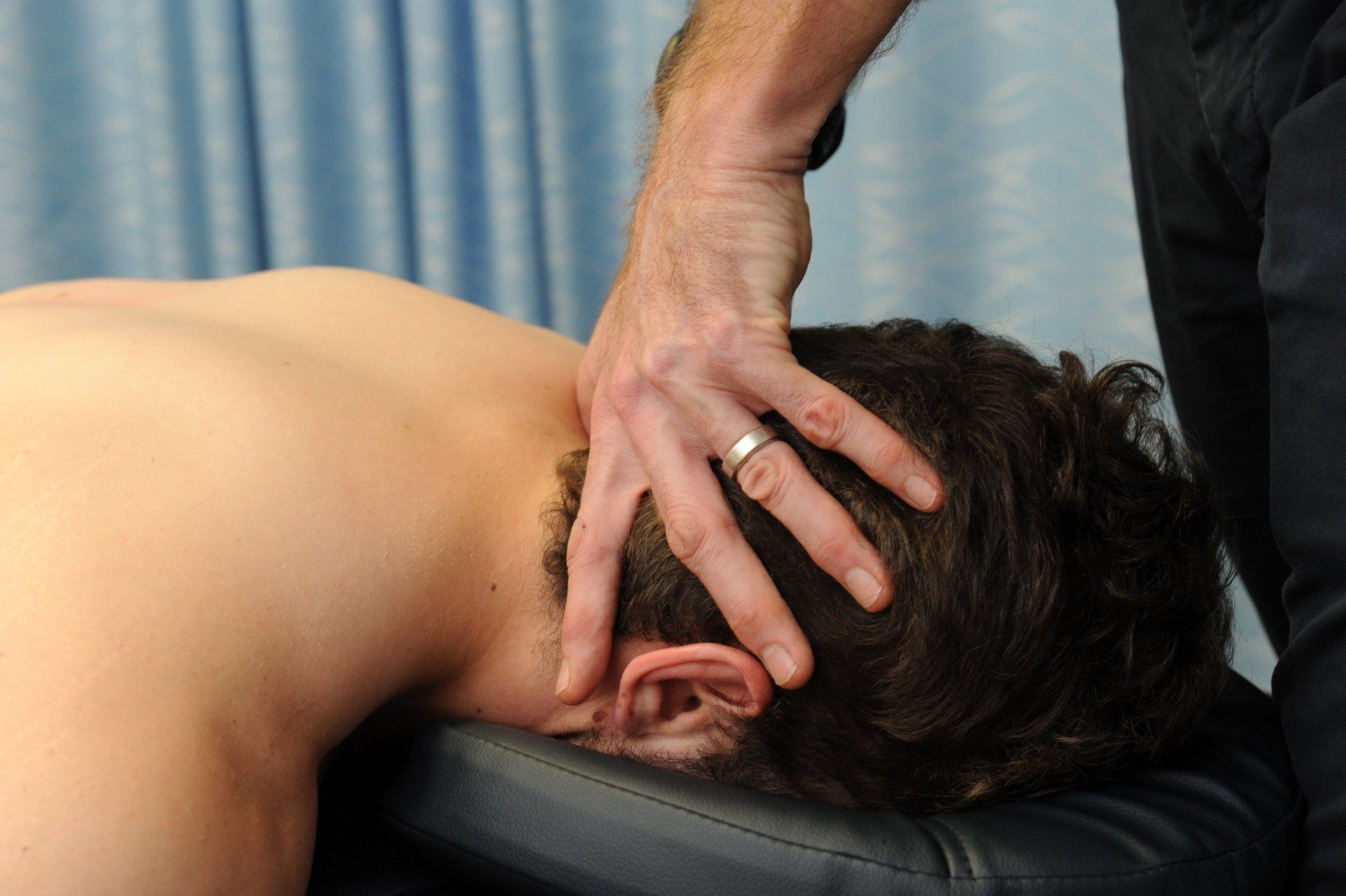Could your foot pain be a Lisfranc injury?
A simple mid-foot sprain could be a Lisfranc injury

Lisfranc injuries are a complex injury involving the bones and joints of the midfoot and their associated ligaments. The term ‘Lisfranc injury’ covers a spectrum of injury, including ligament rupture, joint dislocation, and fracture, with many cases requiring surgery and greater periods of non-weightbearing management. While they only represent 0.2% of all fractures, almost 20% of Lisfranc injuries are initially missed.
Whilst complex, if diagnosed early and accurately, recovery outcomes from Lisfranc injuries are usually successful.
A little bit of anatomy
There’s no avoiding it. If you want to understand this injury and why the rehab is so important, you will need to understand the anatomy first.
Click here to get a better understanding of the bones and ligaments of the foot and here to see the structures that are damaged in a Lisfranc dislocation. This short YouTube clip also provides a great overview of the Lisfranc ligament and injury.
Lisfranc injuries involve the tarsometatarsal (TMT) joints in the midfoot, most commonly the first and second joints. The foot has long bones (the metatarsals) that articulate with a group of tarsal bones (the navicular, cuneiform and cuboid), that allow the foot to accommodate to different surfaces and positions. These joints are supported by various ligaments to provide soft tissue stability.
The TMT joints are important weight bearing structures. We are reliant on the stability of these structures to develop tension in the midfoot, allowing us to power forward in walking, running and weightbearing tasks. Lisfranc injuries always involve injury to the Lisfranc ligament, whether that be a sprain or a rupture, and variably the tarsometatarsal joints. This impacts joint stability and foot structure, which, if not managed well, can have profound long-term consequences for weight bearing activities and result in chronic pain.
The Injury
A Lisfranc injury can result from direct or indirect trauma. Direct trauma is when something is dropped on the foot resulting in dislocation of the joint towards the sole of the foot. Indirect trauma usually results from a combined compression and external rotation force to the foot, such as might occur when a person stumbles over the top of a plantarflexed foot. These can be low-energy mishaps without a clear mechanism of injury, adding to the diagnostic challenge.
Lisfranc injuries are more common in soccer players, gymnasts and dancers, from falls (such as down stairs), and in car accidents, where an axial load can be forcefully applied to the foot suddenly. Injury can result in ligament rupture, fractures or joint dislocation, or all three, and can occur in isolation or in multiple areas of the midfoot. This short 5 min YouTube clip provides further information on the spectrum of injury that can occur with a Lisfranc injury.
Injury Management
Diagnosing a Lisfranc injury can be complex. A thorough history, including detail on the mechanism of injury is critical. Symptoms may include pain on weightbearing, pain on palpation along the tarsometatarsal joints and pain with certain movements. Bruising on the sole of the foot is suggestive of Lisfranc ligament injury. In less severe cases though the mechanism of injury may not be obvious, there may be minimal swelling or bruising present and only intermittent, vague pain reported.
Radiological investigation is indicated to diagnose fractures and determine if there is any widening of joint spaces. In subtle injuries or cases of multiple fractures and dislocations, CT scan may be required to diagnose the injury and/or plan surgical management.
Referral to an orthopaedic surgeon is required. Surgery is required in most cases, involving open reduction and internal fixation of fractures and stabilisation of affected joints to permit appropriate healing. Surgically managed cases are usually immobilised for a period or 8-12 weeks, while non-surgically managed injuries will require immobilisation in a moon boot for up to 6 weeks.
Physiotherapy should commence as soon as the injury is diagnosed. Even while immobilised, physiotherapy can assist with reduction of swelling, managing with crutches, strength and flexibility. As the rehabilitation process continues, physiotherapy will assist with general fitness (think swimming, cycling and eventually walking), regaining ankle and foot range of motion, load management and prescription of foot orthotics.
A key point to understand with a Lisfranc injury is that the prognosis (ie. the likelihood of a good outcome) is NOT dependent on the extent on the injury.
Even minor Lisfranc injuries, with only a small degree of joint displacement, can result in early onset post-traumatic arthritis of the area and significantly impact future functional capacity. For this reason, even minor Lisfranc injuries may require surgical intervention to reduce the risk of later complications.
The Take Home
Lisfranc injury is a somewhat rare, complex injury that can have significant complications if not managed well and respected by the owner. It is more common in sporting populations and dancers where the mechanisms of injuries are more frequently encountered. Early assessment and diagnosis and appropriate management is important in ensuring a good outcome and return to normal function in the short and long term.
What now?
If you've hurt your foot, or have persistent foot pain, give us a call NOW.
At Movement for Life Physiotherapy, we can diagnose the cause of your foot pain and guide you through the process of getting further investigations and help. We know the best surgeons in town and can point you in the right direction to ensure you make the best recovery.
Give us a call now or click on BOOK AN APPOINTMENT to book online.
References:
- Harwood & Raikin (2003). A lisfranc fracture-dislocation in a football player. Journal of the American Board of Family Practice
- Moracia-Ochagavia & Rodriguez-Merchan (2019). Lisfranc fracture-dislocations: Current management. EFORT Open Reviews
- Yan et al (2021). Updates on Lisfranc complex injuries, American Orthopaedic Foot and Ankle Society








